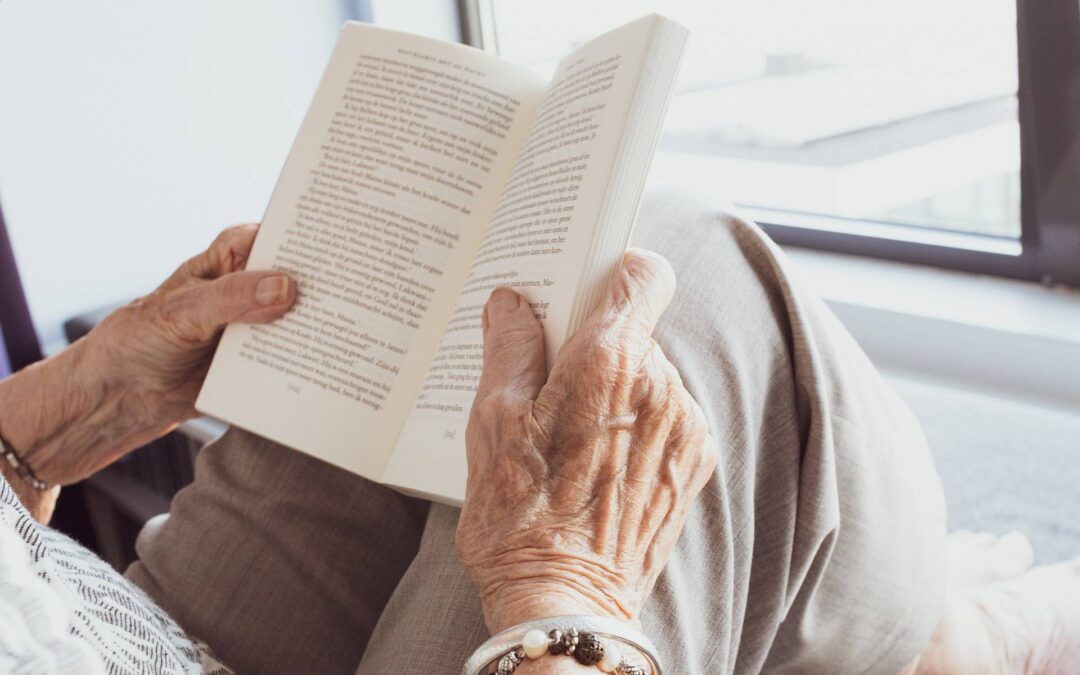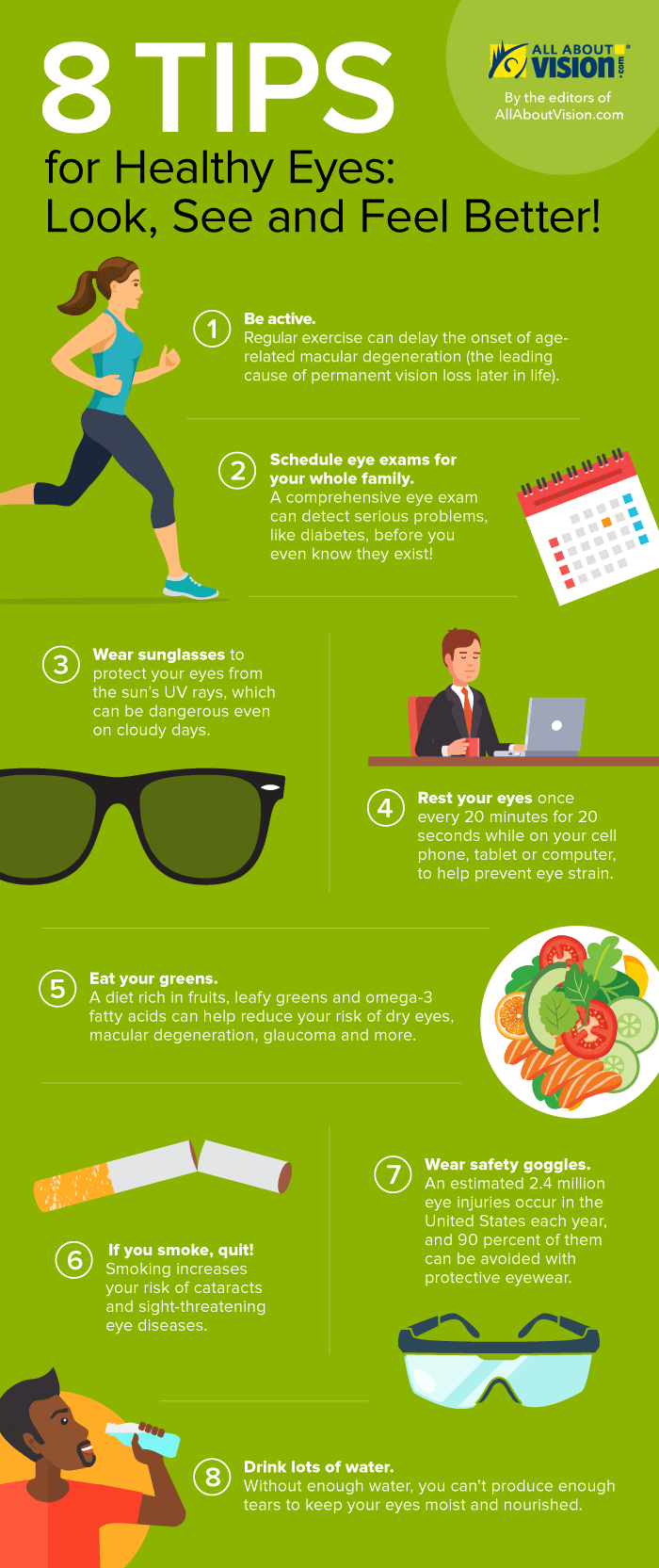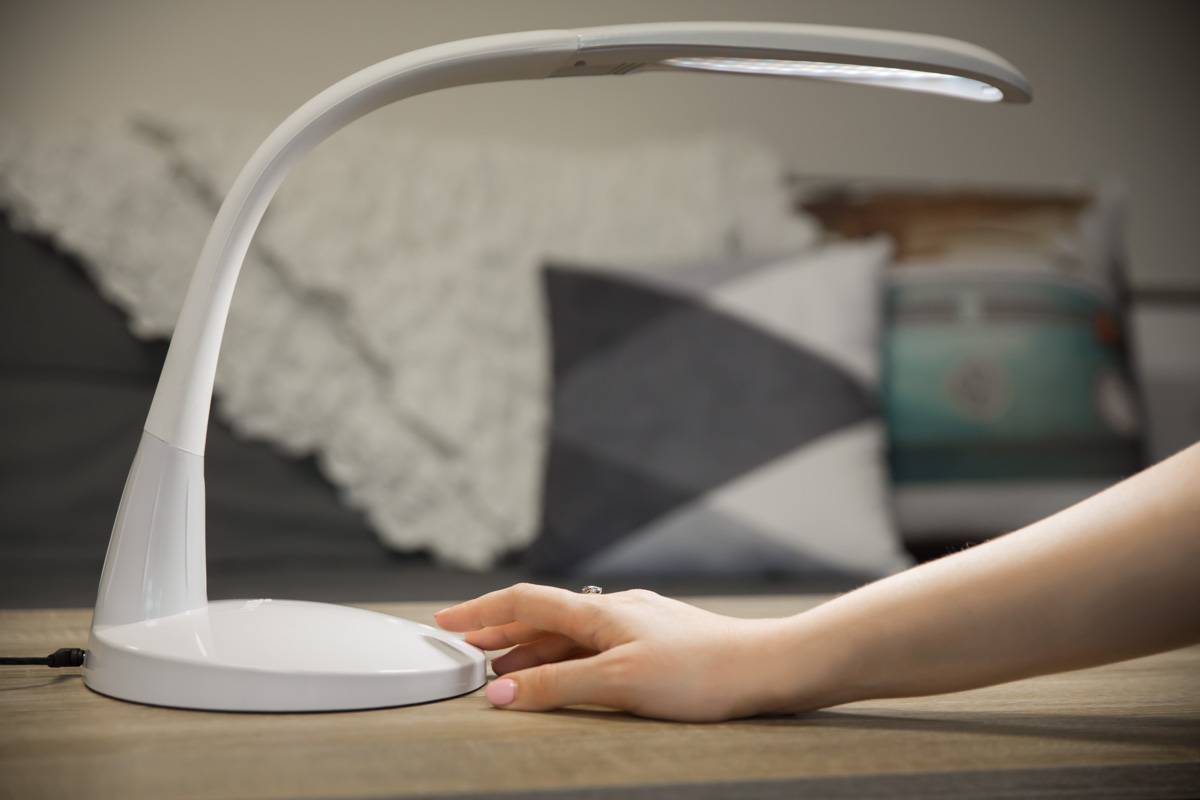A low vision diagnosis can be scary. Here are 10 ways to cope.
Prior to her low vision diagnosis, Eleanor is noticing some changes in her vision.
Each night, she picks up her favorite novel, ready to dive into the next chapter. It’s a familiar routine, bringing comfort and relaxation as the day draws to a close. These past few weeks, however, Eleanor struggles to focus her eyes on the page. Sometimes the words blur together, causing reading fatigue and headaches. She’s also hesitant to drive after dark, opting to stay in on the nights she would usually meet up with her book club.
Eleanor decides to call her eye doctor to schedule an appointment. After a thorough examination, her doctor shares the difficult news: she has early signs of age-related macular degeneration. He wants to see her in another month to check on the disease progression and discuss treatment options, including eye injections. In the meantime, he hands her an odd-looking grid, telling her to check daily for any new vision changes, and a few pamphlets about her new diagnosis.
Feeling a bit bewildered and overwhelmed, Eleanor thanks the doctor and heads home. As the news sinks in, she realizes she has so many unanswered questions. She feels powerless and afraid.
If Eleanor’s story sounds familiar, I’m here to tell you that you’re not alone. There are many, many excellent resources for people with low vision, and tools to help you cope with vision loss. In this guide, we’ll help you create an actionable plan for navigating a low vision diagnosis. Here are 10 straightforward steps.
- Be your own advocate
- Tackle financial concerns
- Reach out
- Start or maintain healthy habits
- Find practical solutions
- Try bibliotherapy
- Consider vision rehabilitation
- Plan ahead for transportation
- Simplify daily living
- Keep a positive outlook
(Jump to any section by clicking the text above.)
1 – Be your own advocate
As with any health concern, it is important to be your own advocate when it comes to your vision. If your primary eye care professional does not refer you to a low vision specialist, ask for a referral, or research specialists in your area and schedule an appointment as soon as possible.
Low vision specialists have specific training and knowledge of low vision solutions to help patients optimize their remaining sight. They have access to tools for assessing visual acuity that are not generally used in routine eye exams. Your low vision specialist will work with you to gather information about your functional vision and find tools (both optical and non-optical) to help you meet your goals and maintain your independence.
To locate a specialist, try a Google search for “low vision specialists near me” or “low vision centers near me.” You can also try searching the following databases:
- Low Vision Optometrists in the U.S. – search by state under category: Eye and Vision Service Providers / Optometrist / Low Vision Rehabilitation
- The Vision Council – A geographic search for doctors specializing in low vision services
To help you get started, here are a few examples of low vision centers and specialists in the New England area:
New England Eye Institute: Low Vision Clinic
930 Commonwealth Avenue Suite 2A
Boston, MA 02215
Local Telephone: (617) 262-2020
Maine Optometric Association
72 Western Avenue
Augusta, ME 04330
Local Telephone: (207) 626-9920
New Hampshire Optometric Association
466 Washington Street
Rye, NH 03870
Local Telephone: (603) 964-2885
Email: nheyedoctors@comcast.net
In-Sight
43 Jefferson Blvd
Warwick, RI 02888-1078
Local Telephone: (401) 941-3322
Email: info@in-sight.org
Eyecare Of Vermont, Plc
230 College St
Burlington, VT 05401-8352
Local Telephone: (802) 658-3330
2 – Tackle financial concerns

There are three areas to consider when it comes to vision-related healthcare costs: eye care expenses, adaptive technologies, and vision rehabilitation services. Here are some resources to help ease the financial burden of adjusting to life with low vision.
Medical insurance
Perhaps you have employer-provided insurance with vision benefits, or you receive Medicare. If you have private insurance, a good first step is to check with your insurer to find out what’s covered.
Also note that low vision may qualify you for Social Security disability benefits if your condition prevents you from working, regardless of your age. Once you have received 24 months of Social Security Disability income, you would qualify for Medicare. (Check out The Blind Guide for more information on Medicare for people with low vision.)
Although Medicare covers some eye care expenses, typically it does not include treatment at a low vision clinic or coverage for low vision devices. You may need to seek additional coverage through private insurance or Medicare Advantage plans.
Secondly, most private health insurances cover occupational therapy services for disabilities, including low vision. Medicare also covers low vision rehab services by OTs, provided there is a referral by an optometrist or physician. And, Social Security pays for the cost of the services provided by State Rehabilitation Agencies to blind or disabled people receiving Social Security Disability Insurance (SSDI) benefits or Supplemental Security Income (SSI) payments, as long as certain conditions are met.
You may also wish to consider the following funding sources:
Nonprofits and other organizations
Take some time to peruse the resources found in the The Assistive Technology Industry Association (ATIA)’s funding guide. This comprehensive guide includes information for people of all ages seeking financial assistance for assistive technology, and chances are you will be able to take advantage of at least a few of these resources.
Some organizations, such as Easterseals and the Lions Club, have funding programs specifically for individuals with low vision. Through programs such as these, you may be eligible for a low or no-interest loan for purchasing devices for low vision, or you may even receive devices for free. Contact your local branch for additional guidance.
Tax exemption on medical equipment
In some states such as Massachusetts, medical devices are exempt from state sales tax.
Government aid
Under the Assistive Technology Act, each U.S. state is granted an Assistive Technology Act Program fund, created to promote awareness and access to assistive technology devices and services. Visit the ATA website to find your state and learn more.
If you are a veteran, it is worth noting that the VA offers blind and low vision rehabilitation programs to eligible veterans and active duty service members with visual impairments. Services include outpatient rehabilitation programs, low vision clinics, visual impairment centers to optimize remaining sight, and technology assistance. Contact the Vision Impairment Services Team Coordinator at your nearest VA medical center to learn more.
3 – Reach out
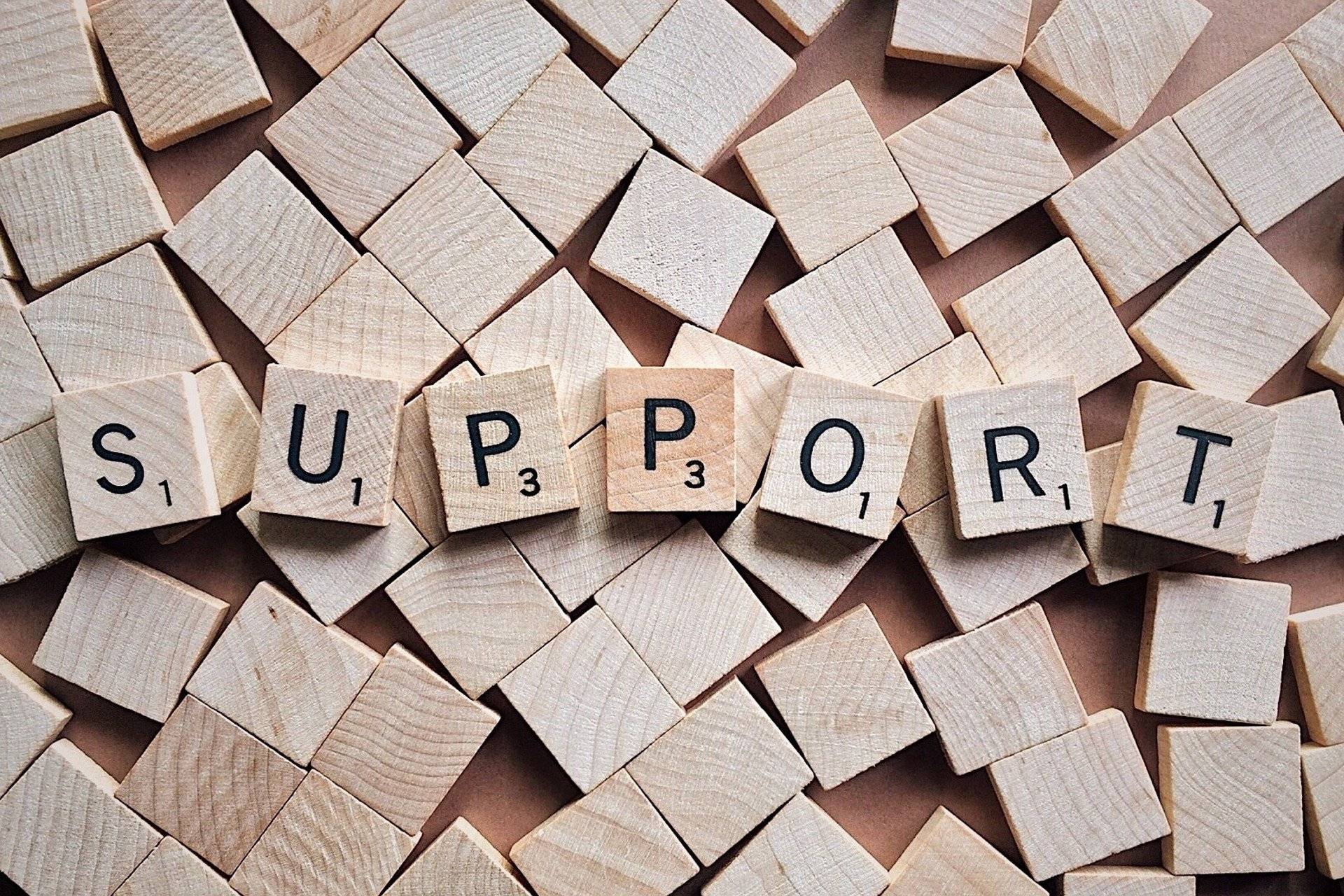
Stay engaged with family and friends, and when you are ready, share news of your diagnosis.
Low vision support groups are another excellent resource for those facing a new diagnosis. In these groups, everyone shares the common problem of vision loss, and members offer emotional support and coping strategies. Many groups provide options for attending remotely if you cannot meet in person. Some are formally led by a trained psychologist, while others are more casual gatherings. Here are some top directories for finding a support group that’s right for you.
The E.A.R.S. For Eyes National Directory of Low Vision Support Groups
MD Support Affiliate Group Directory
VisionAware’s Support Group Directory
To get plugged in to a support group right away, sign up for ILVSG TeleSupport by calling (888) 866-6148. Created for seniors in the US without internet access or ability to attend a live support group, the International Low Vision Support Group’s “TeleSupport” is a year-round program of monthly group support sessions held by phone.
4 – Start or maintain healthy habits after a low vision diagnosis
Diet & nutrition
Two major clinical trials sponsored by the National Eye Institute indicate that diet has a positive impact on eye health. In the studies, a combination of specific nutrients were shown to reduce the risk of developing advanced AMD in participants who had already-existing dry or wet macular degeneration.
Further, research suggests that antioxidants and other important nutrients may reduce the risk of cataracts, protect against blindness, and play a role in preventing or alleviating glaucoma.
Here is a list of nutrients and foods to help fill your plate wisely:

Green leafy vegetables like spinach, kale, and collards. Also found in eggs, broccoli, pumpkin, and bright-colored fruits like kiwi and grapes, plus goji berries. (Please note: According to WebMD, goji berries could interact with certain drugs. Talk with your doctor before consuming goji berries in any form.)


Vitamin A
Beef liver, fish, milk, eggs, spinach, pumpkin, sweet potatoes, and carrots
Vitamin C
Oranges, berries, red and green peppers, cauliflower, broccoli, papaya, cantaloupe, and Brussels sprouts

Sweet potatoes, almonds, pecans, sunflower seeds, wheat germ oil, fortified cereals, vegetable oils, and peanut butter
Essential Fatty Acids
Tuna, salmon, mackerel, anchovies, trout, green vegetables, vegetable oils, and walnuts
Zinc
Eggs, oysters, crab legs, red meat, poultry, baked beans, and whole grains

Exercise
In addition to proper nutrition, regular exercise has been shown to reduce the risk of certain eye diseases like cataracts, glaucoma and wet age-related macular degeneration. Exercise can also provide a mental health boost while reducing your risk for other diseases like diabetes and high blood pressure, both of which can negatively impact your vision.
- Take a brisk walk around the neighborhood with your dog
- Chase your grandchild around the yard
- Pedal a stationary bicycle while listening to your favorite podcast
- Take a swim aerobics class at your local YMCA
Quit smoking
“Smoking is a clearly established risk factor for AMD. This means that smoking actually causes age-related macular degeneration, rather than just being indirectly associated with the condition. And the more people smoke, the more likely they are to develop AMD…
There is some hope; stopping smoking improves the chances of avoiding eye disease. For example, studies show that people who quit smoking will have a 6.7% reduced risk of developing macular degeneration after one year. After five years, the risk drops by another 5%. The same goes for cataracts. The eyes can heal from the damage done by cigarette smoking, although very slowly.”
— Dr. Chris Canning, Medical Director, Moorfields Eye Hospital, Dubai
If you need help quitting, talk to your doctor. Your low vision support group can also be a source of accountability in this area.
5 – Find practical solutions after a low vision diagnosis
At first, a low vision diagnosis can be devastating. After all, most of us depend on our vision for just about every task, from the moment we wake up in the morning until our heads hit the pillow at night. The good news is, there is a wide range of technology solutions that will help you adjust and adapt to life with low vision.
Each of us can recall a time we first tried a new technology, such as a computer, tablet or smartphone. What may have seemed intimidating at first quickly became ingrained in our day-to-day, such that it is difficult to imagine life without it. The point is that new technologies can seem overwhelming initially. Reach out to the experts and go at your own pace.
People with visual impairments may use a range of low tech to high tech devices and aids, such as:
Low Tech
- Large print reading materials
- Handheld magnifiers
- Talking calculators
- Magnified mirrors
- Tactile labels
High Tech
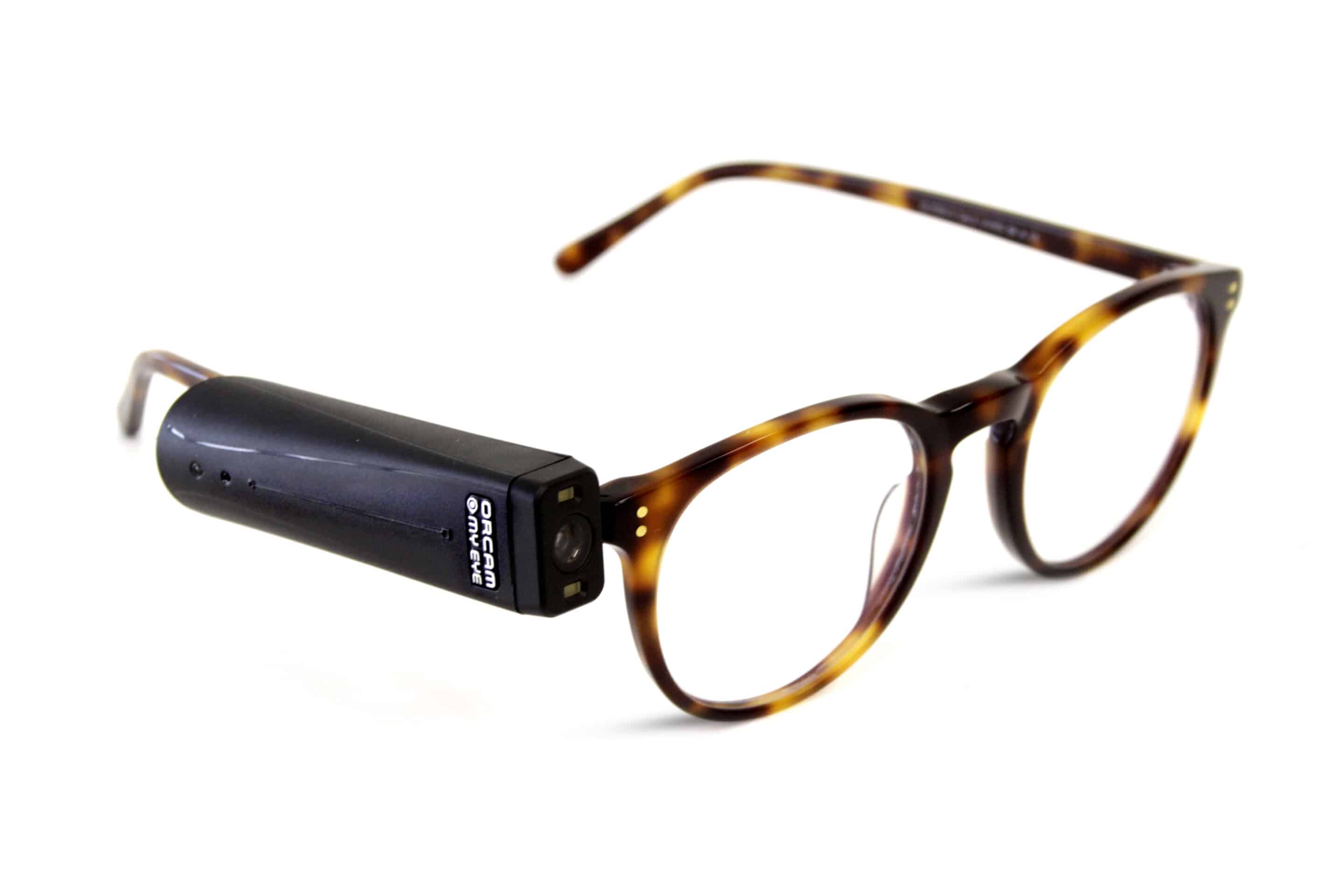
- Electronic video magnifiers
- Wearable devices
- Text-to-speech reading aids
- Software
- Voice activated devices
Whether you need a solution for work or school, at home, while shopping, or keeping up with your favorite hobbies, adaptive technologies can help you succeed. Because each person’s vision needs are unique, we recommend working with your low vision specialist and technology vendor to find the best possible solutions to help you meet your goals.
6 – Try bibliotherapy
According to Wikipedia, bibliotherapy involves storytelling or the reading of specific texts for the purpose of healing, using an individual’s relationship to the literature as therapy. This technique can be especially useful for those struggling with low vision.
“As I was learning to adjust to vision loss, I was drawn to read books about blindness and books written by authors who were blind. I found it very helpful and motivating to enter the narratives of others who were sharing their own stories of vision loss. Some books were informational, some humorous, and others deeply moving. I realized that the cumulative effect was that I understood more about blindness, and my feelings about it were changing. Reading books on blindness, memoirs, and biographies of blind writers have had a very positive influence on my ability to adjust and cope with vision loss.”
–Registered nurse Audrey Demmitt, who was diagnosed with retinitis pigmentosa at age 25, speaking from her personal experience with bibliotherapy.
Check out our recent blog post for more on this specific topic, including a reading list of nearly 75 books on blindness.
7 – Consider vision rehabilitation to help cope with a low vision diagnosis
Low vision occcupational therapists are trained to analyze your activities and find environmental modifications to help you succeed. They can help you learn how to use your remaining vision as efficiently as possible to complete daily tasks. Here are some concrete examples of how OTs can help:
- Reorganizing your kitchen to make preparing meals simpler and safer
- Removing hazards to reduce the risk of falls
- Teaching you how to use optical and non-optical adaptive equipment
- Adding lighting and contrast to increase visibility in the home
Certified Vision Rehabilitation Therapists (CVRTs) are specialized rehabilitation experts who work with individuals with visual impairments to achieve their life goals for education, employment, personal safety and independence. CRVTs cover some of the same ground as low vision occupational therapy and can help you in the following areas:
- Adaptive communications
- Access/Assistive technologies
- Recreation and leisure
- Indoor orientation and basic mobility techniques and safety
- Jobsite accommodations
Certified Low Vision Therapists (CLVTs) are specialized in working with individuals with low vision to maximize use of their remaining sight and receive maximum benefit from adaptive technologies. Like OTs and CRVTs, they can also make recommendations for environmental modifications.
If you have specific concerns about getting around your home, school, workplace, or community, you may seek assistance from a Certified Orientation & Mobility Specialist. These types of specialists work one-to-one with patients to help them safely navigate their environments, with or without assistance from adaptive equipment.
Other specialists include Teachers of the Visually Impaired (TVIs) and Rehabilitation Counselors. Your state’s rehabilitation agency can help you locate vision rehabilitation agencies in your area and find the type of services that are right for you. To find your state agency, visit the Rehabilitation Services Administration’s website and click “About Your State.”
Ideally, your primary eye care professional, low vision specialist, and rehabilitation therapist(s) will form a team, communicating and working together to support you and help you meet your goals.
8 – Plan ahead for transportation
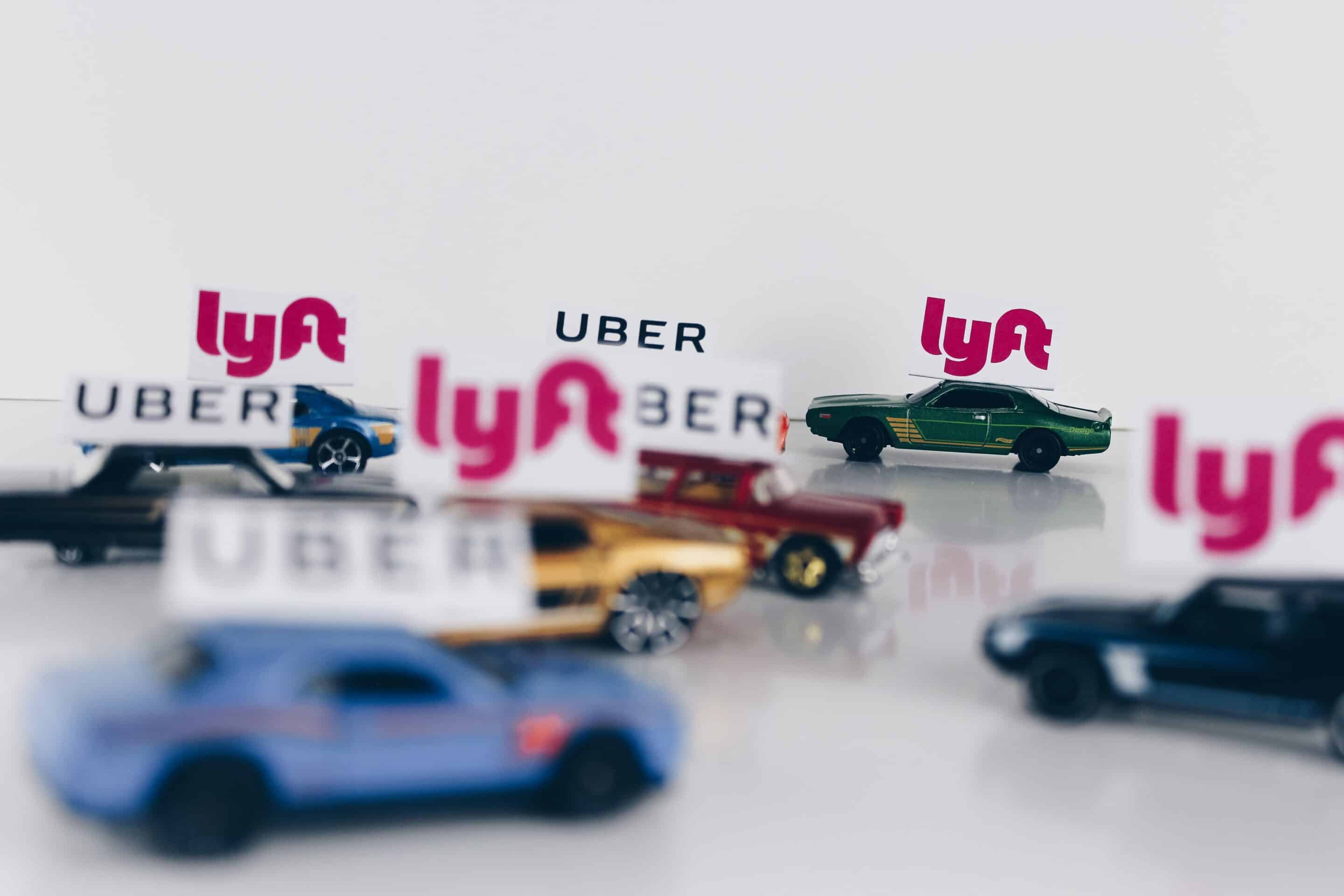
Following a low vision diagnosis, many people worry about how they will get around if they are no longer able to drive due to worsening vision. Although transportation may become more complicated, solutions are plentiful, depending on needs and budget. Here are some options you may want to start thinking about.
- Keep your vehicle and hire a personal driver.
- If you do not have access to public transport and relocation is possible for you, consider areas with robust public transportation. You can also look up the Walk Score or “walkability” of a community.
- Contact your local senior services or community services center and ask if they offer a “voucher transportation program.” These programs receive a subsidy from federal and local agencies to provide transportation for seniors and disabled adults.
- See if any local churches or community groups have volunteer transportation programs that provide rides free of charge to those eligible. Or, recruit friends, family and neighbors to help drive you to appointments, errands etc. on a rotating schedule.
- Take advantage of on-demand rideshare services such as Uber and Lyft, which offer accessible features like cashless payments and mobile applications. If you do not have a smartphone, you can request Uber or Lyft rides by phone through a service called GoGoGrandparent (855-464-6872). In addition, local taxi companies may be willing to negotiate discounts for frequent customers.
- The Independent Transportation Network (ITN) is a national non-profit that organizes affordable transportation solutions for older adults at the local level. It is a door-through-door service, with drivers that can help riders navigate to and from the car. ITN, available in select areas, also maintains a national database of senior transportation options through Rides in Sight.
9 – Simplify daily living
After a low vision diagnosis, eliminate stressors by simplifying tasks of daily living around the home. Here are three modifications that can be made quickly, simply, and affordably:
-
- Purchase a smart speaker such as Amazon Alexa. Through simple voice activation commands, you can make phone calls, listen to music, shop online, get the news, and learn new skills. The Echo Dot model is currently available for only $49.99.
- Other voice activation solutions include automated and voice activated lights, thermostats, power plugs, and security cameras. These smart devices work with your smart speaker to simplify routines. For example, you can set up a “morning routine” so that Alexa responds by telling you the weather forecast, turning on smart lights, and delivering the news.
- Invest in appropriate lighting to reduce eye strain, minimize glare, and help you maximize use of your remaining vision. The Stella brand of floor and task lamps are specially built for people with low vision. Learn more on our Sale Page.
10 – Keep a positive outlook despite a low vision diagnosis
Change needn’t be your “joy thief,” according to blogger Andrea Junge, who writes about her struggles with macular degeneration. Keep doing the things that have always brought you happiness, whether that means listening to music, volunteering, or being in nature. Although challenges brought about by vision loss will inevitably surface, consider them an opportunity for new perspective, gratitude, growth, and even new friendships.

If you, like Andrea, are facing a low vision diagnosis, remember that you are not alone. It may take time to come to terms with the diagnosis and adapt to new ways of living — and that’s OK. Just keep referring back to this list, taking it one step at a time.
And if on your journey, you discover other strategies not covered here, we’d love to hear from you. Drop us a comment below.
Last updated Jan. 5, 2022.
Author Information
By Bethany Wyshak. Reviewed by Stuart Flom.
Sources
ACVREP.org (https://www.acvrep.org/certifications/cvrt-scope), All About Vision (https://www.allaboutvision.com/nutrition/nutrition_summary.htm), American Council of the Blind (https://www.acb.org/content/funding-assistive-technology-resources), AOTA.org (https://www.aota.org/About-Occupational-Therapy/Professionals/PA/Facts/low-vision.aspx), ATIA (https://www.atia.org/home/at-resources/what-is-at/resources-funding-guide/), The Blind Guide (https://theblindguide.com/medicare-low-vision/), E.A.R.S For Eyes, Inc. (http://www.earsforeyes.info/index.php/pages/Directory_Support_Groups.html), ExploreHealthCareers.org (https://explorehealthcareers.org/career/allied-health-professions/orientation-mobility-specialist/), Living Well with Low Vision (https://lowvision.preventblindness.org/2013/01/01/locating-a-low-vision-specialist/), Low Vision Specialists of Maryland and Virginia (https://lowvisionmd.org/does-medicare-cover-low-vision-refraction-devices/), Military.com (https://www.military.com/benefits/veterans-health-care/services-for-blind-and-visually-impaired-veterans.html), The National (https://www.thenational.ae/another-clear-eyed-reason-to-quit-smoking-your-vision-1.395869), Social Security Administration (https://www.ssa.gov/work/vocational_rehab.html), Teaching Students with Visual Impairments (https://www.teachingvisuallyimpaired.com/low-vision-specialist.html), Vision Aware (https://visionaware.org/blog/visionaware-blog/good-nutrition-and-eye-health-theyre-connected/12/, https://visionaware.org/everyday-living/essential-skills/vision-rehabilitation-services/123/, https://visionaware.org/everyday-living/transportation/the-transportation-problem/), Wikipedia (https://en.wikipedia.org/wiki/Bibliotherapy), Your Sight Matters (https://yoursightmatters.com/exercise-and-eye-health/)

